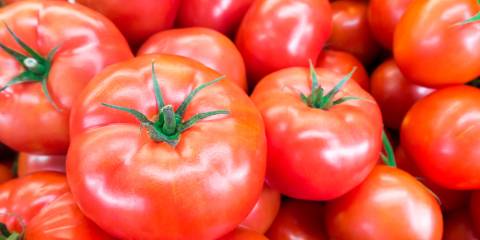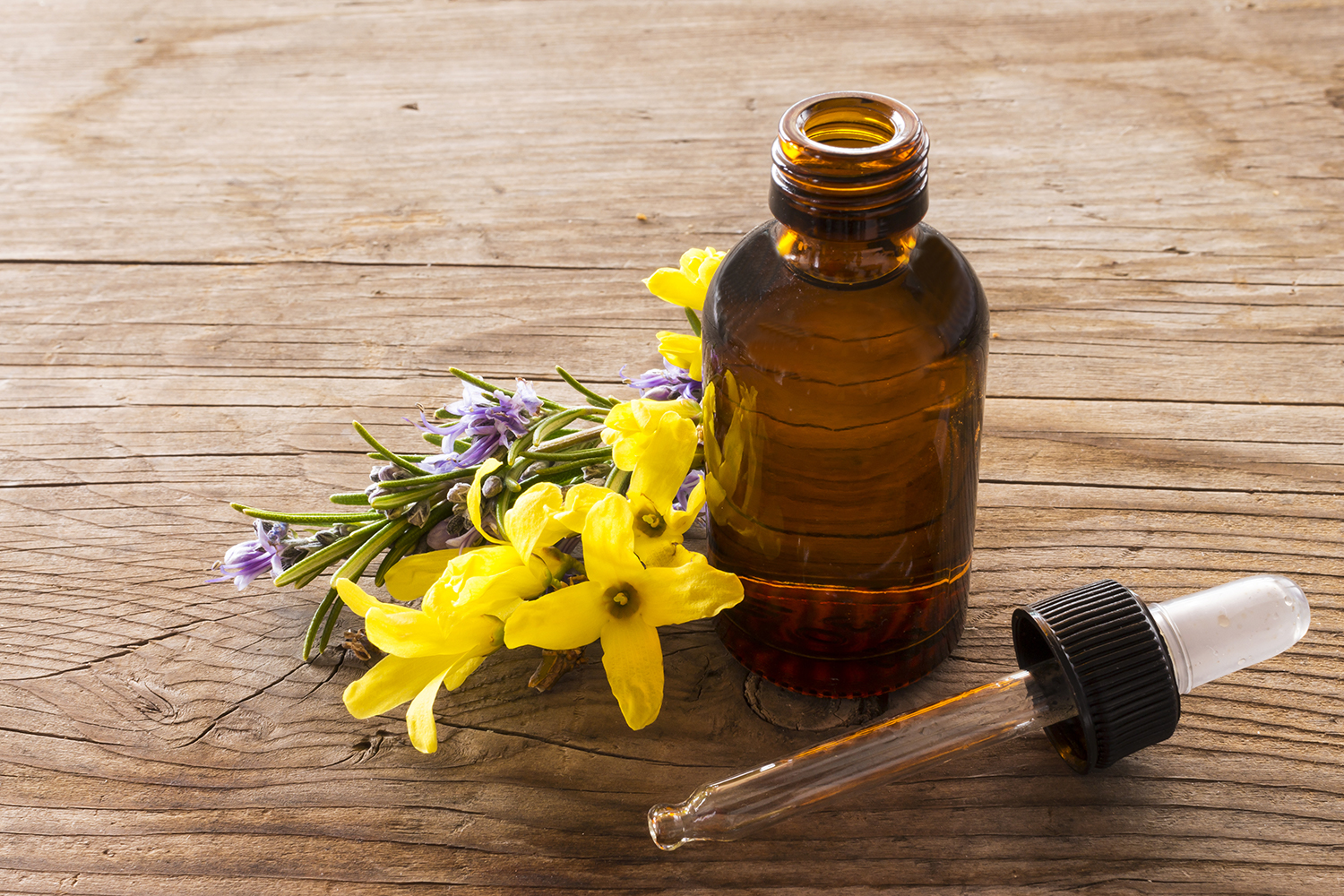Most smokers are aware that they should stop, but they also know that it’s easier said than done. It usually takes more than one attempt to succeed, and many smokers relapse—even years after kicking the habit.
“The limited success of current smoking cessation therapies encourages research into new treatment strategies,” write the authors of a study of alternative approaches.
“Mind-body practices such as yoga and meditation have the potential to aid smoking cessation and become an alternative drug-free treatment option.”
Smokers have also found success through such practices as acupuncture, homeopathy, and the use of herbal remedies.
Antismoking Strategies
Lifestyle
-
Diet & Nutrition
Heavy smokers tend not to eat as many fruits and veggies as nonsmokers. Unfortunately, that dietary lapse deprives smokers of antioxidants that could improve respiratory health.
In a three-month, double-blind placebo study, researchers found that heavy smokers who took supplements made from fruit and vegetable juice powder, plus a berry juice concentrate powder, improved their pulmonary parameters, folate status, and cardiovascular risk factors.
In another, researchers from the University of Buffalo polled 1,000 smokers from around the country about their diets and use of tobacco. In follow-up interviews 14 months later, researchers determined that those who ate the most fruits and vegetables were three times more likely to have been tobacco-free for the previous 30 days compared to those who consumed the fewest.
Smokers with higher fruit and vegetable intakes:
- smoked fewer cigarettes.
- waited longer to have their first of the day.
- scored better on a test of nicotine dependence.
Former Smokers
A 10-year study found that former smokers who ate two or more tomatoes or more than three servings of fresh fruit per day saw slower declines in lung function.
“Lung function starts to decline at around age 30 at variable speed depending on the general and specific health of individuals,” said researcher Vanessa Garcia-Larsen, PhD.
She said her study suggests that eating more fruit on a regular basis can help slow the decline and might help repair damage caused by previous smoking.
-
Hormonal Cycles
Rising and falling levels of hormones can affect nicotine cravings in women.
“Uncontrollable urges to smoke are stronger at the beginning of the follicular phase that begins after menstruation,” said neuroscientist Adrianna Mendrek, PhD. “Hormonal decreases of estrogen and progesterone possibly deepen the withdrawal syndrome and increase activity of neural circuits associated with craving.”
Fewer than 10 percent of smokers who quit stay smoke-free for more than a year. Women have a harder time quitting than men, even if they smoke the same number of cigarettes, according to Dr. Mendrek.
-
Debit Cards / Campus Cash
Parents are often unaware that some “campus cash” debit cards can be used to buy cigarettes. A study from the University of Colorado Cancer Center found that of the top 100 universities as ranked by US News and World Report, 11 allow tobacco sales and 13 allow e-cigarette sales on such cards.
“Parents put money on these debit cards and kids spend the money,” said researcher Robert Dellavalle, MD, PhD. Previous research has shown that nearly half of college students who smoke have used campus debit cards to purchase cigarettes.
“Cracking down on this ‘campus cash’ is a major opportunity for these colleges to take a step toward preventing tobacco use on their campuses,” said lead author Lindsay Boyers.
Practices
-
Meditation
One study compared meditation to a relaxation-training program for their effects in reducing smoking. After two weeks:
- Those in the meditation group had lowered their cigarette consumption by 60 percent.
- Those in the other group did not see any reduction.
Brain scans of the meditators showed increased activity in areas related to self-control.
-
Yoga
Several studies have shown that yoga and other forms of exercise help deter the urge to smoke.
One trial found that women in an eight-week, twice-weekly yoga class combined with a smoking cessation program had better results than those who participated in the program but did not include yoga.
Abstinence was higher for the yoga practitioners after six months.
Treatments
-
Acupuncture
A review of a dozen trials found that acupuncture provided short-term benefits for quitting.
For sustained abstinence from smoking, acupuncture was no more effective than traditional methods, but it does appear to help jump-start the process.
One study concluded that acupuncture “should be considered as an alternative to help smokers in quitting, especially for those whose past attempts using conventional methods were in vain.”
-
Therapy
A promising treatment known as positive psychotherapy has provided some smokers with the psychological tools to increase their likelihood of quitting.
According to the Journal of Positive Psychology, “Participants reported very high levels of satisfaction with the treatment, especially with its positive focus.”
The smokers—who were identified as having a low “positive affect” (the manner in which we experience or express positive moods)—participated in six sessions “designed to boost positive mood” as part of their more traditional cessation therapy.
Their success rate was significantly higher than the general success rate for smoking cessation programs. Nearly a third of the participants were not smoking after six months.
Supplements
-
Herbal Remedies
Many herbs and plants have been used to reduce cravings for tobacco.
The daily ingestion of an oat extract was effective in dropping cigarette consumption from 20 per day to fewer than nine in a Japanese study. A tea made with 11 herbs reduced withdrawal symptoms in 100 male smokers over four weeks.
Those participants were three times more likely to succeed in quitting than a group that did not drink the tea.
St. John’s wort, lobelia, and black pepper have also been studied for their use in smoking cessation, with mixed results.
-
Homeopathy
To reduce cravings for tobacco, homeopathic practitioners recommend Lobelia inflata.
Irritability caused by withdrawal can be treated with Nux vomica, while emotional upset linked to quitting may be soothed with Ignatia amara.


















